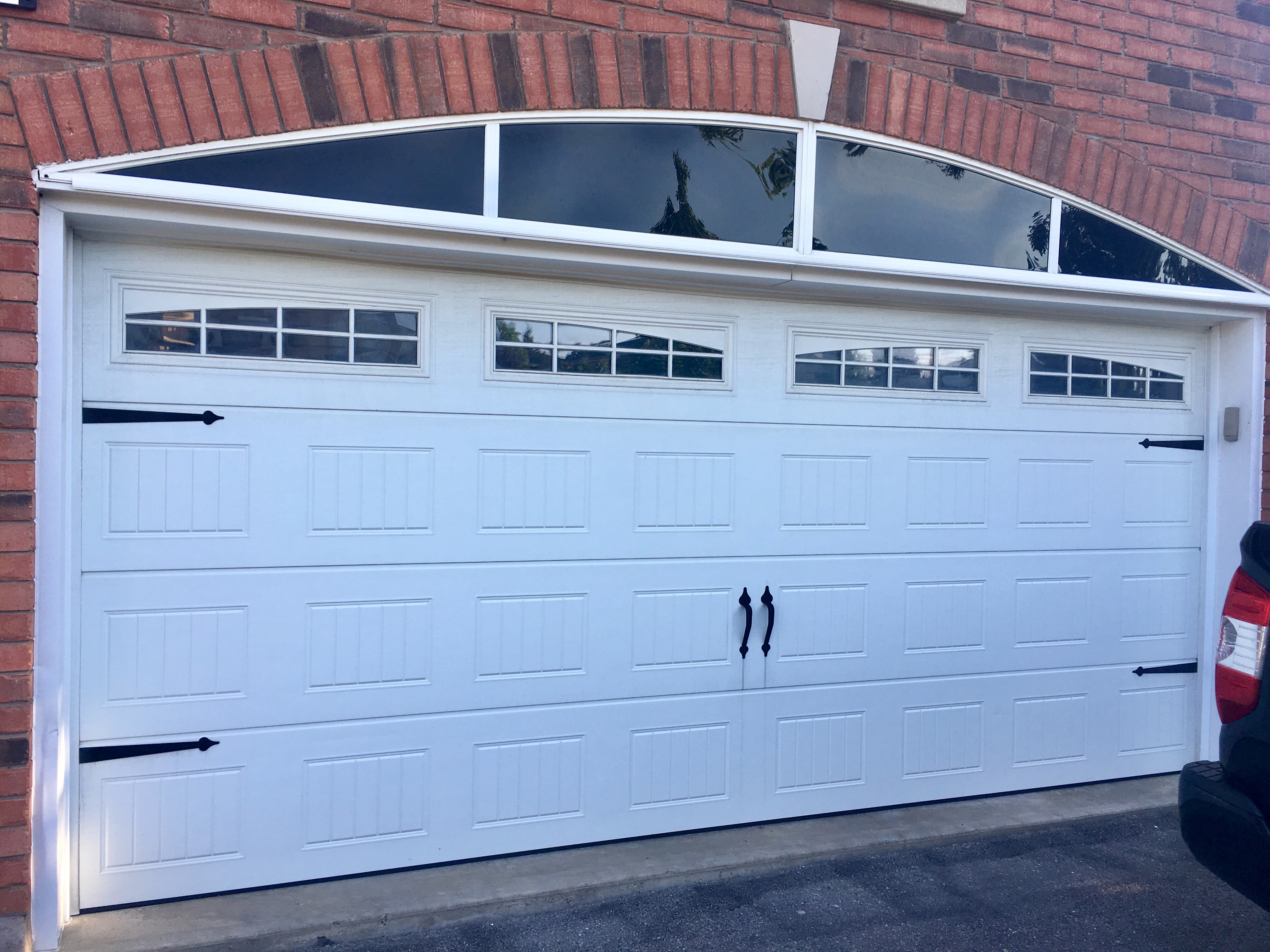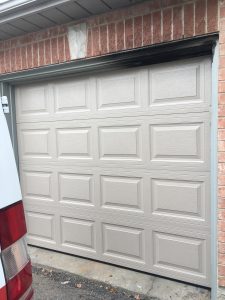
10 Feb Garage Door Insulation
Though often overlooked, your garage is one of the largest and most important rooms in your house. You use it without thinking several times every day. In some cases, it’s also used as the main storage unit and a sometimes as the main point of entry/exit for you and your family for the house.
Why Garage Insulation needed?
What’s the point for insulating every nook and cranny around the house just to let air seep in and out of the garage, especially since these spaces are known for fluctuating temperatures: they’re steamy in the summer and freezing in the winter? So whether the area is small or large, and whether you use it a lot or not, it’s extremely important to insulate your garage. It helps to prohibit air seepage, heat transfer, health threats, and most importantly, it saves on unnecessary energy costs. You may even spend more time out there once the climate has become better regulated due to proper insulating.

Where Does It Go?
If garage insulation is just installed in the one wall edging your home’s interior, you’ll already be saving tons on energy costs: the air escapes and heat is transferred between this particular partition. Plus by law, insulation in this wall is required to be fire-rated (due to the high probability of combustible liquids stored in this “room” and its lack of smoke detectors), which adds an extra layer of safety to space. And don’t forget the ceiling: if an attic or bedroom rests above, insulating this “horizontal wall” is crucial. Also, you can insulate the door with ready-made kits that seal and prevent any problematic air gaps.
Which Garage Is Insulation Best?
There are a few options when it comes to insulation. Each depends on your preference, budget, whether you do it yourself or hire a contractor and your personal needs:
Batt Insulation: This cotton-fiberglass material is fairly inexpensive and easy to use: simply place it in between the studs, staple a vapor barrier to cover it, and you’re in business. However, for it to work effectively, you’ll need to wall it up as well. Therefore, you’ll need to buy and install 1/2″ drywall around the room (though ceiling and walls adjacent to living areas typically require 5/8″ drywall). This may require the work of a garage contractor, depending on how handy you are and how good you want the final product to look. It adds to your cost but if it’s worth being done, then it’s worth being done right.
Blown-in Insulation: If you already have drywall installed around your garage but don’t have it insulated, then blown-in insulation may be the answer. A contractor will come and open up a hole in the wall, pump in a cellulose insulating material, and then patch up the opening. Blown-in Insulation is quick and can be done within a few hours without any additional demo or reinstallation. However, it may be a bit more expensive since contractors usually charge a minimum fee no matter the size of the space or the time it takes.
To Complete garage insulation, you will need Insulated Garage Door and we can definitely help you to choose the right one :
Sandwich type construction with polyurethane 10.25 R-value insulation pressure bonded between two shets or special Foam injected with up to 18 R-value enhanced your’s home energy savings, makes your garage door operation quieter and reduce exterior noise in your garage door when you operated it.



